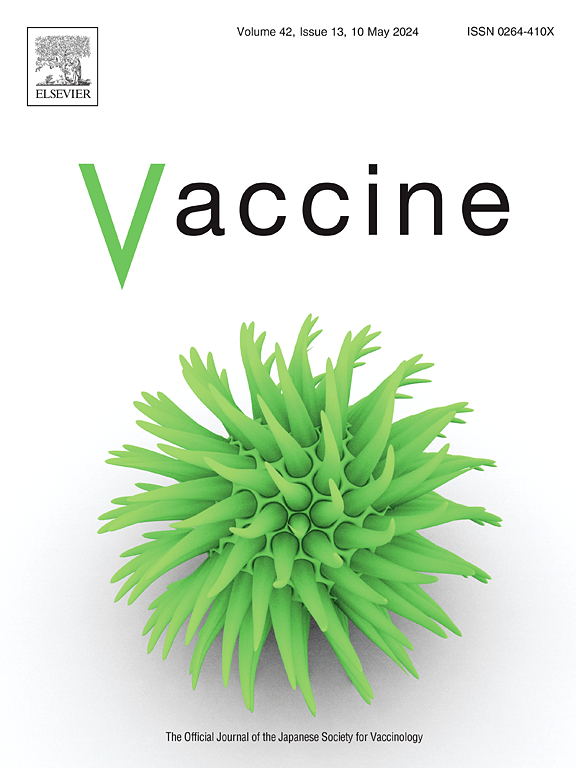Safety comparison between Pfizer BNT162b2, Moderna mRNA-1273, and AstraZeneca AZD1222 in a Nationwide prospective cohort survey at the beginning of the severe acute respiratory syndrome coronavirus 2 vaccination in Japan
IF 4.5
3区 医学
Q2 IMMUNOLOGY
引用次数: 0
Abstract
This study was conducted at 112 government and Juntendo University hospitals in February 2021 for the primary series of SARS-CoV-2 vaccinations. We compared the timing of solicited adverse event (AE) onset and prevalence of unsolicited AEs for Pfizer, Moderna, and AstraZeneca vaccines in a nationwide, large-scale prospective cohort study. The Pfizer and Moderna mRNA vaccines were associated with a higher frequency of fever after the second dose than after the first dose. The AstraZeneca viral vector vaccine resulted in more frequent side effects after the first dose. The side effects of mRNA vaccines were the most common on the day after vaccination and almost subsided by the fourth day. The incidence of systemic AEs, including fever of ≥37.5 °C, was the highest for Moderna, followed by AstraZeneca and Pfizer. Local reactions were less frequent with the AstraZeneca vaccine than with the Pfizer and Moderna vaccines but tended to last longer. The frequency of AEs was higher in women than in men. The odds ratio for age per year regarding systemic reactions (adjusted for sex) was the least for AstraZeneca, followed by Pfizer and Moderna (< 1), indicating a more pronounced decrease in the frequency of fever and systemic reactions with increasing age. Age effects varied among vaccines. Delayed skin reactions, appearing around the seventh day after the first dose (Day 8), were observed as itchy redness, particularly in women aged ≥30 with the Moderna vaccine and less often with the Pfizer vaccine. Over half of the delayed skin reactions involved local erythema immediately after the second dose, but these reactions mostly disappeared within approximately 10 days. Despite differences in the incidence of AEs among the three vaccines by age and sex, all vaccines were well-tolerated. These findings provide crucial safety information, supporting informed vaccination decisions and ongoing surveillance efforts.
求助全文
约1分钟内获得全文
求助全文
来源期刊

Vaccine
医学-免疫学
CiteScore
8.70
自引率
5.50%
发文量
992
审稿时长
131 days
期刊介绍:
Vaccine is unique in publishing the highest quality science across all disciplines relevant to the field of vaccinology - all original article submissions across basic and clinical research, vaccine manufacturing, history, public policy, behavioral science and ethics, social sciences, safety, and many other related areas are welcomed. The submission categories as given in the Guide for Authors indicate where we receive the most papers. Papers outside these major areas are also welcome and authors are encouraged to contact us with specific questions.
 求助内容:
求助内容: 应助结果提醒方式:
应助结果提醒方式:


